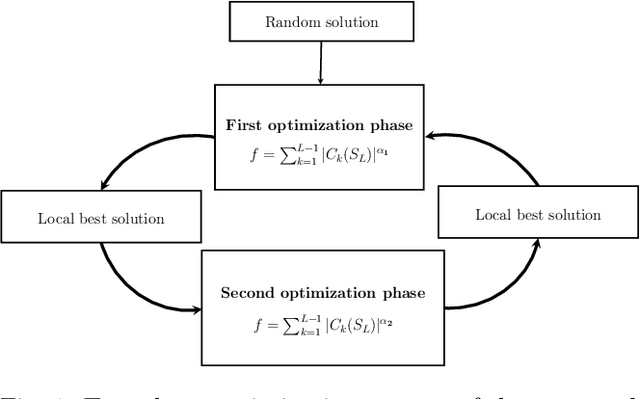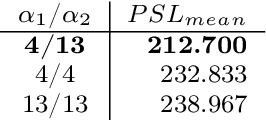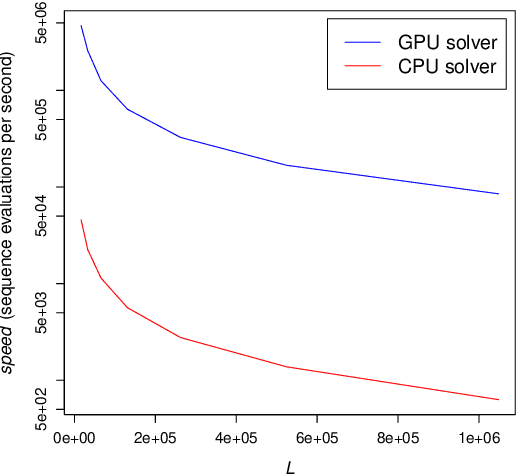Two-phase Optimization of Binary Sequences with Low Peak Sidelobe Level Value
Paper and Code
Jun 30, 2021



The search for binary sequences with low peak sidelobe level value represents a formidable computational problem. To locate better sequences for this problem, we designed a stochastic algorithm that uses two fitness functions. In these fitness functions, the value of the autocorrelation function has a different impact on the final fitness value. It is defined with the value of the exponent over the autocorrelation function values. Each function is used in the corresponding optimization phase, and the optimization process switches between these two phases until the stopping condition is satisfied. The proposed algorithm was implemented using the compute unified device architecture and therefore allowed us to exploit the computational power of graphics processing units. This algorithm was tested on sequences with lengths $L = 2^m - 1$, for $14 \le m \le 20$. From the obtained results it is evident that the usage of two fitness functions improved the efficiency of the algorithm significantly, new-best known solutions were achieved, and the achieved PSL values were significantly less than $\sqrt{L}$.
 Add to Chrome
Add to Chrome Add to Firefox
Add to Firefox Add to Edge
Add to Edge